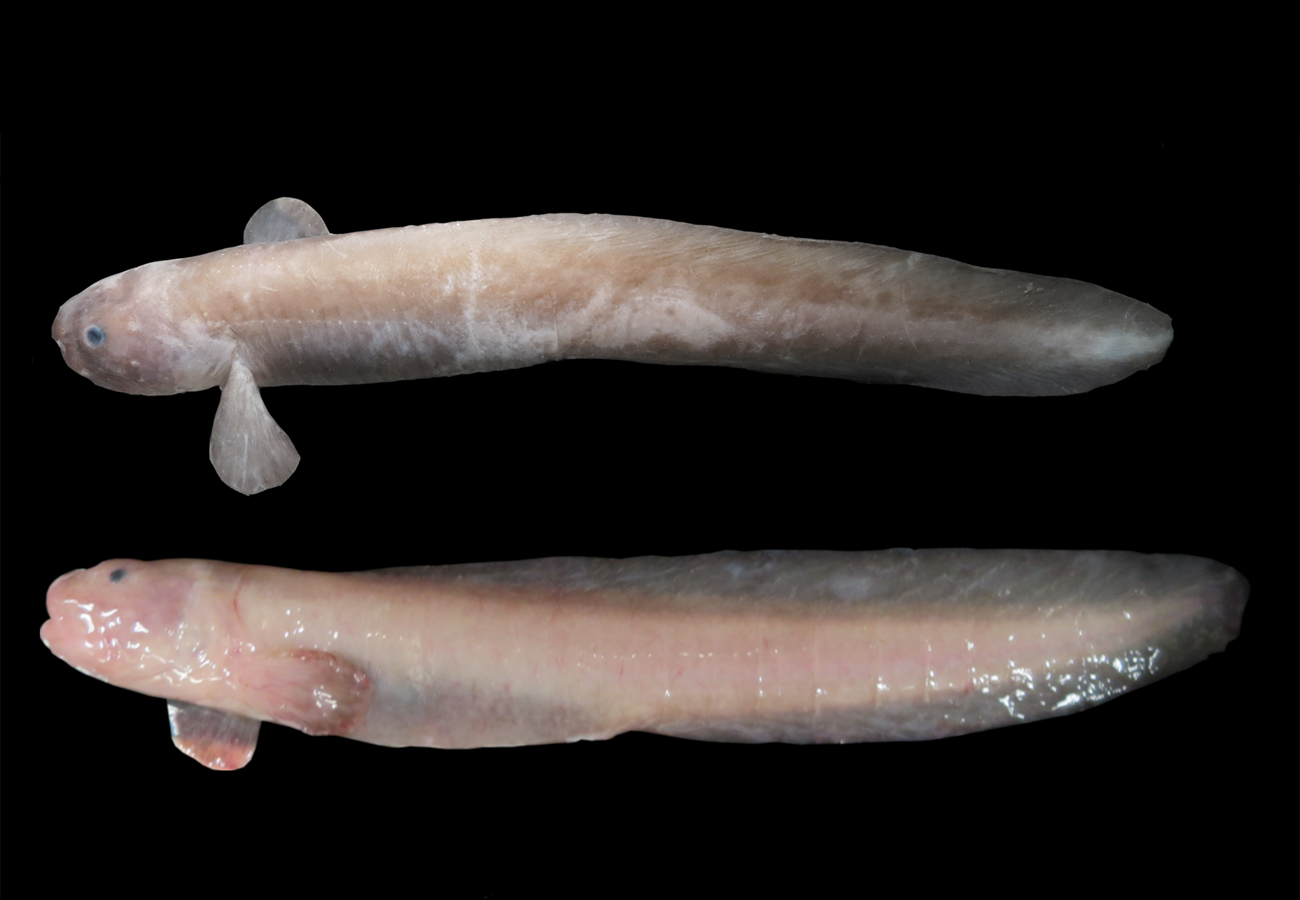Abstract
The genus Prometopidia Hampson, 1902 and its type-species P. conisaria Hampson, 1902 are redescribed and newly discovered morphological characters are explained. The female holotype of Prometopidia arenosa Wiltshire, 1961, was studied and the species redescribed, its correct position in Prometopidia is verified. The new species P. joshimathensis sp. nov. is described from Joshimath area in India, Uttarakhand province. Sympatric with P. conisaria at Joshimath, P. joshimathensis also occurs at Shimla, Punjab province, and in central and eastern Nepal. Morphological and genetic differences found in the specimens of Nepal are considered subspecific, justifying the new taxon P. joshimathensis yazakii ssp. nov. Types and specimens of Prometopidia across its whole range of distribution from Afghanistan to Nepal, habitats, genitalia, remarkable morphological characters and DNA barcoding-results are figured.
References
deWaard, J.R., Ivanova, N.V., Hajibabaei, M. & Hebert, P.D.N. (2008) Assembling DNA barcodes: analytical protocols. In: Martin, C. (Ed.), Methods in Molecular Biology: Environmental Genetics. Humana Press, Totowa, New Jersey, pp. 275–293.
https://doi.org/10.1007/978-1-59745-548-0_15
Dey, P. (2019) Diversity Assessment and Molecular Characterization of Geometridae moths (Lepidoptera: Heterocera) in Nanda Devi Biosphere Reserve, Uttarakhand. PhD Thesis, Saurashtra University, Rajkot, Gujarat, India, 291 pp.
Dey, P., Uniyal, V.P. & Sanyal, A.K. (2015) Moth assemblages (Lepidoptera: Heterocera) as a potential conservation tool for biodiversity monitoring–study in western Himalayan protected areas. Indian Forester, 141 (9), 985–992.
Dey, P., Uniyal, V.P. & Chandra, K. (2017) A Prefatory Estimation of Diversity and Distribution of Moths in Nanda Devi Biosphere Reserve, Western Himalaya, India. National Academy Science Letters, 40 (3), 199–203.
https://doi.org/10.1007/s40009-016-0534-1
Dey, P., Hausmann, A. & Uniyal, V.P. (2019) Towards creating a DNA barcode reference library of geometrid moths from western Himalaya, India. Spixiana, 42 (1), 47–59.
Dey, P. & Sondhi, S. (2019) First records of Agnidra vinacea (Moore, 1879) (Lepidoptera: Drepanidae: Drepaninae) from the western Himalaya, extending its known range westwards. Journal of Threatened Taxa, 11 (5), 13622–13624.
https://doi.org/10.11609/jott.4593.11.5.13622-13624
Gairola, S., Rawal, R.S. & Todaria, N.P. (2008) Forest vegetation patterns along an altitudinal gradient in sub-alpine zone of west Himalaya, India. African Journal of Plant Science, 2, 42–48.
Hampson, G. (1902) The Moths of India. Supplementary paper to the volumes in The Fauna of British India, Series II, Part VII. Journal of Bombay Natural History Society, 14, 494–519.
Holloway, J.D. [1994] The moths of Borneo, part 11: Family Geometridae, Subfamily Ennominae. 309 pp. Malayan Nature Journal, 47, 1–309.
Ivanova, N.V., deWaard, J.R. & Hebert, P.D.N. (2006) An inexpensive, automation friendly protocol for recovering high-quality DNA. Molecular Ecology Notes, 6, 998–1002.
https://doi.org/10.1111/j.1471-8286.2006.01428.x
Kimura, M. (1980) A simple method for estimating evolutionary rates of base substitutions through comparative studies of nucleotide sequences. Journal of Molecular Evolution, 16 (2), 111–120.
https://doi.org/10.1007/BF01731581
Parsons, M.S., Scoble, M.J., Honey, M.R., Pitkin, L.M. & Pitkin, B.R. (1999) s.n. In: Scoble, M.J. (Ed.), Geometrid Moths of the World: A Catalogue (Lepidoptera, Geometridae). CSIRO Publishing, Collingwood and Apollo Books, Stenstrup, pp. 1–1016, Index 129 pp.
Pierce, F.N. (1914) The Genitalia of The Group Geometridae of the Lepidoptera of the British Islands. The Northern Publishing Company, LTD., xxix + 88 pp., pls I-XLVIII.
Prout, L.B. (1912–1916) Die spannerartigen Nachtfalter. In: Seitz, A. (Ed.), Die Gross-Schmetterlinge der Erde, Stuttgart, 4, i–v + 1–479, pls. 1–25.
Rajaei, H. (2010) Life-history of Gnopharmia kasrunensis Wehrli, 1939 and G. colchidaria Lederer, 1870 (Geometridae, Ennominae) and their distribution in Iran, with first host-plant records for the genus. Bonn zoological Bulletin, 57, 65–73.
Rajaei, H., Stüning, D. & Trusch, R. (2012) Taxonomic revision and zoogeographical patterns of the species of Gnopharmia Staudinger, 1892 (Geometridae, Ennominae. Zootaxa, 3360 (1), 1–52.
https://doi.org/10.11646/zootaxa.3360.1.1
Ratnasingham, S. & Hebert, P.D.N. (2007) BOLD: The Barcode of Life data systems. Molecular Ecology Resources, 7 (3), 355–364.
https://doi.org/10.1111/j.1471-8286.2007.01678.x
Ratnasingham, S. & Hebert, P.D.N. (2013) A DNA-based registry for all animal species: the Barcode Index Number (BIN) system. PLoS ONE, 8 (7), e66213.
https://doi.org/10.1371/journal.pone.0066213
Robinson, G.S. (1976) The preparation of slides of Lepidoptera genitalia with special reference to the Microlepidoptera. Entomologist’s Gazette, 27, 127–132.
Saitou, N. & Nei, M. (1987) The neighbour-joining method: a new method for reconstructing evolutionary trees. Molecular Biology and Evolution, 4, 406–425.
Sanyal, A.K., Dey, P., Uniyal, V.P., Chandra, K. & Raha, A. (2017) Geometridae Stephens, 1829 from different altitudes in Western Himalayan Protected Areas of Uttarakhand, India (Lepidoptera: Geometridae). SHILAP Revista de Lepidopterología, 45 (177), 143–163.
Skou, P. & Sihvonen, P. (2015) Ennominae I. In: Hausmann, A. (Ed.), The Geometrid Moths of Europe. Vol. 5. Brill, Leiden, pp. 1–657.
https://doi.org/10.1163/9789004265738
Tamura, K., Stecher, G., Filipski, A. & Kumar, S. (2013) MEGA6: Molecular Evolutionary Genetics Analysis Version 6.0., Molecular Biology and Evolution, 30, 2725–2729.
https://doi.org/10.1093/molbev/mst197
Wehrli, E. (1939–1954) Geometrinae. In: Seitz, A. (Ed.), Gross-Schmetterlinge der Erde, Stuttgart, 4 (Supplement), pp. 254–722.
Wiltshire, E.P. (1961) Ergebnisse der Deutschen Afghanistan Expedition 1956 der Landessammlungen für Naturkunde Karlsruhe. Middle East Lepidoptera XV. A second contribution to the Lepidoptera of Afghanistan. Beiträge zur Naturkundlichen Forschung in Südwestdeutschland, 191 (3), 337–371, pls. I–IV.
Yazaki, K. (1995) Geometridae. In: Haruta, T. (Ed.), Moths of Nepal. Part 4. Tinea 14. Supplement 2. The Japan Heterocerists’ Society, Tokyo, pp. 2–27, text-figs. 537–585, pls. 97–101.


